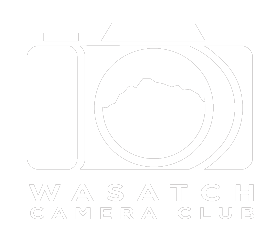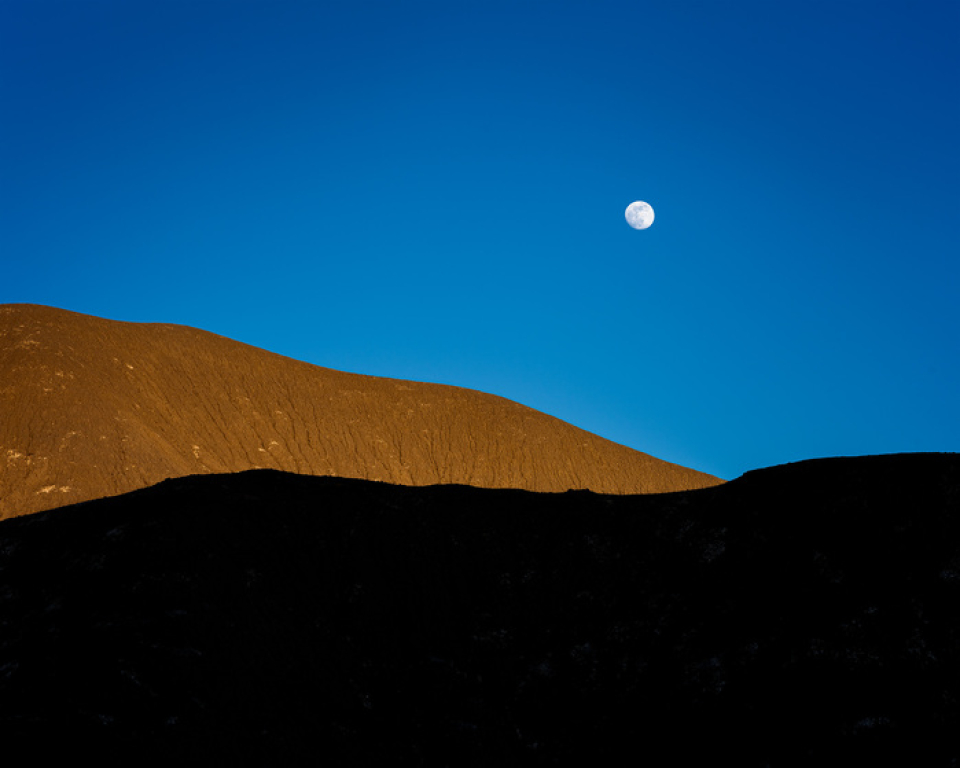Last month another WCC’er pointed me to an article in the Seattle Times about the red foxes on San Juan Island. The story isn’t so much about the foxes as it is about the escalating tension caused by swarms of photographers wanting to get their shot. Careless mobs of image chasers invade the relatively small prairie, parking where it is forbidden, trampling off trail, and occasionally trespassing on private land. Photographers creep as close as they can to fox dens, spooking wildlife and disrupting nature.
We see it all the time – negligent disregard for our precious natural spaces and its denizens. If you’ve ever ventured to Albion Basin during a good wildflower season, you’ve undoubtedly watched carloads of brides-to-be and their photographer entourages trample through gorgeous stands of colorful flowers in search of the perfect backdrop of blooms. In their wake are smashed patches that scar the scene for everyone else. Sure, the flowers will be back next year, but that kind of thoughtlessness conveys such disrespect for a resource that belongs to us all, and should be preserved for us all.
There is some irony in that those whose craft is all about capturing images of unspoiled beauty are among the worst offenders. In pursuit of a single “trophy image”, one can do a great deal of harm to wildlife and nature. There will always be the one bad actor, but I am convinced that most in our camera club would choose to be the heroes for nature and wildlife. Beyond the obvious – first do no harm - here are a few ideas:
- Don’t geotag what you post. Don’t you want your amazing shot to be the one and only?
- Respect private property, and public areas that are off limits, and think about what you are leaving in your wake.
- Include #stewardship and #leavenotrace in your image captions. Social media is a fact of life for photographers. When posting a great image of a rock formation out in the desert, include a note about how you avoided the cryptobiotic soil.
- Choose your circle of photographer friends wisely! I once went out on a weekend adventure with a very talented photographer whose work I admired, only to witness him dump food waste while camping in a no-camping area. I found other photographers to shoot with.
- Amplify the stories of those doing good work around conservation and wildlife protection. There are many great photographers who use their art to tell the story of wild places, and the importance of preserving them. Be one of them! There are many great organizations working hard to save species at risk of extinction. Support them!
Next time you head out, think about how you can have a great experience, without leaving a mark.
Claudia O'Grady, for the Wasatch Camera Club

